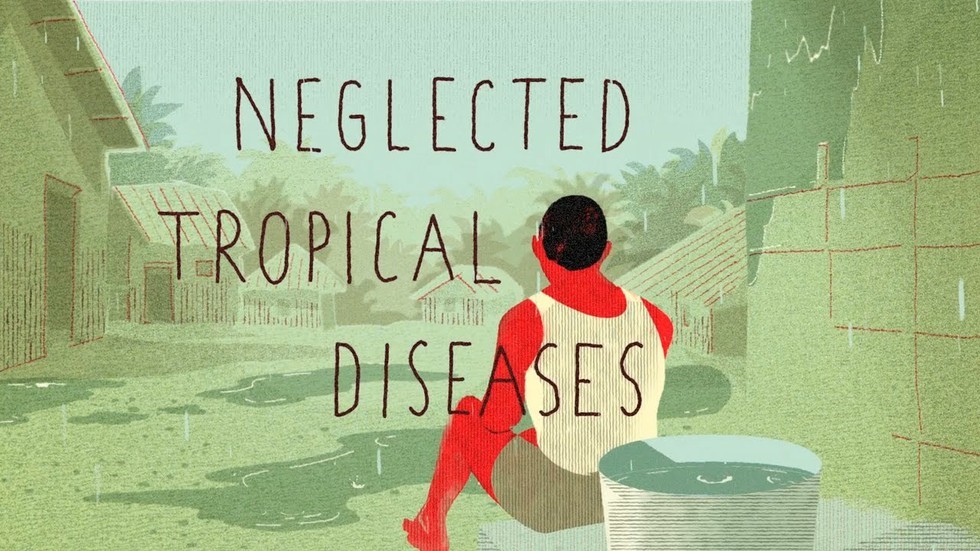
Neglected Tropical Diseases (NTDs)

21.03.2025
Neglected Tropical Diseases (NTDs)
|
For Prelims: About Neglected Tropical Diseases (NTDs) |
Why in the news?
India is progressing towards eliminating Neglected Tropical Diseases (NTDs) through political support, community involvement, and regional cooperation.
About Neglected Tropical Diseases (NTDs):
- NTDs are a diverse group of conditions caused by a variety of pathogens (including viruses, bacteria, parasites, fungi, and toxins) and associated with devastating health, social, and economic consequences.
- NTDs are mainly prevalent among impoverished communities in tropical areas, although some have a much larger geographical distribution.
- They are widespread where people in vulnerable situations live, where water safety, sanitation, and access to health care are inadequate or suboptimal.
- These diseases are called “neglected” because they have historically ranked very low on the global health agenda, when they have appeared at all, receiving little attention and funding.
- NTDs include Guinea worm, Chikungunya, Dengue, Kala Azar (Visceral Leishmaniasis), and Elephantiasis (Lymphatic Filariasis), among others. India is home to about 12 NTDs.
- The epidemiology of NTDs is complex; some have animal and/or human reservoirs, many are vector-borne, and most are associated with intricate life cycles. Preventing or eliminating NTDs is therefore challenging.
- It is estimated that NTDs affect more than 1 billion people, while the number of people requiring NTD interventions (both preventive and curative) is 1.5 billion.
- Every year on 30th January, the Global community comes together to mark World NTDs Day and renew its commitment to eliminating its burden worldwide.
Source: The Times of India
With reference to the Neglected Tropical Diseases (NTDs), consider the following:
1. Chikungunya
2. Kala Azar
3. Elephantiasis
4. Dengue
How many of the above are classified as NTDs?
A.Only one
B.Only two
C.Only three
D.All four
Answer D